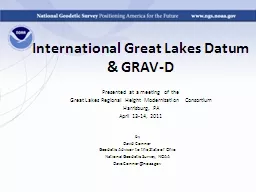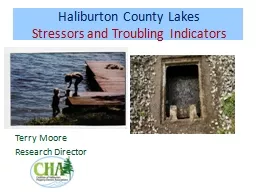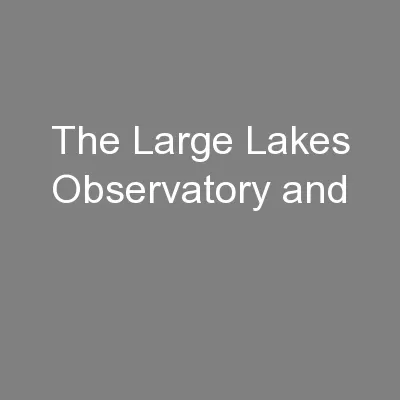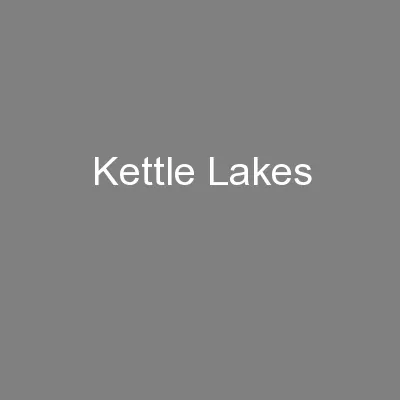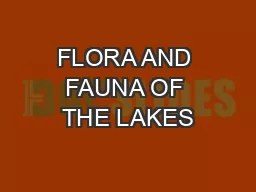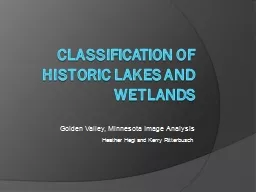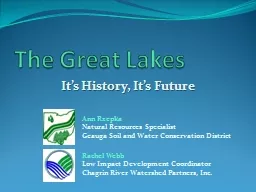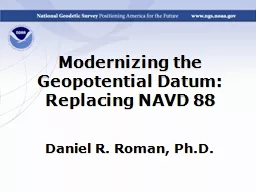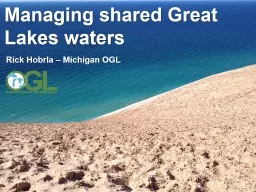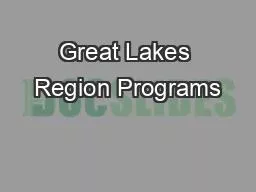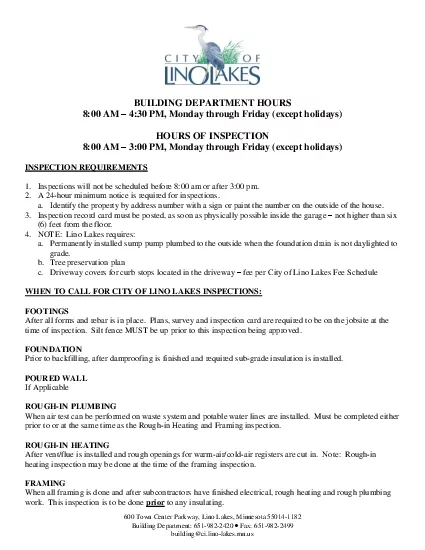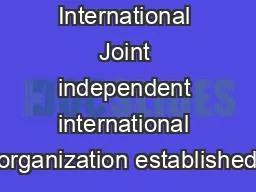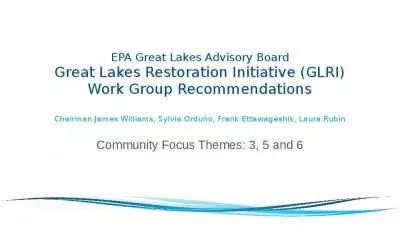PPT-International Great Lakes Datum
Author : luanne-stotts | Published Date : 2018-11-05
amp GRAVD Presented at a meeting of the Great Lakes Regional Height Modernization Consortium Harrisburg PA April 1314 2011 by David Conner Geodetic Advisor to the
Presentation Embed Code
Download Presentation
Download Presentation The PPT/PDF document "International Great Lakes Datum" is the property of its rightful owner. Permission is granted to download and print the materials on this website for personal, non-commercial use only, and to display it on your personal computer provided you do not modify the materials and that you retain all copyright notices contained in the materials. By downloading content from our website, you accept the terms of this agreement.
International Great Lakes Datum: Transcript
Download Rules Of Document
"International Great Lakes Datum"The content belongs to its owner. You may download and print it for personal use, without modification, and keep all copyright notices. By downloading, you agree to these terms.
Related Documents

